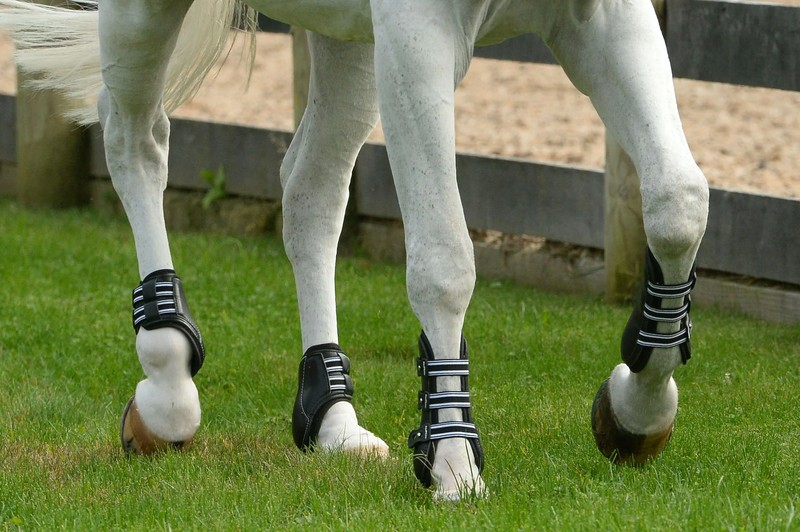The hydrangea is one of the most beautiful bundled flowers in the world. It’s no wonder because the shape and color of this flower are sure to captivate anyone who sees it. They are one of the ornamental plants that are popular among ornamental plant lovers and even in the broader community. It originates from Japan, the Himalayas, China, Indonesia, South America, and North America.
They come from subtropical areas and thrive in highland areas, ranging from an altitude of 500 to 1,500 masl. This plant grows well in soil types that contain lots of sand and compost. They are mainly cultivated as cut flowers and ornamental plants in yards or gardens.
The uniqueness of this flower is the color produced depends on the pH level of the land occupied. In the growth of bokor flowers, soil pH significantly affects the color of the flower. Acidic soils produce blue flowers, soil with normal pH produces creamy white flowers, and alkaline soils produce pink or purple flowers. The petals collect aluminum, which is released by the acidic soil so that they turn blue. Flower plants can be propagated by shoot cuttings (terminal) from the stem or vegetative stock plants.
Due to their large and round shape, They are also suitable for use as a bride’s hand bouquet at weddings. If you are interested in holding this charming bundled hand bouquet on your wedding day, then make sure to order it in advance. To purchase this beautiful hand bundled bouquet, you can order it on the e-commerce website FlowerAdvisor and use the same-day gift delivery Singapore services. Their flower is a species that grows in cool climates that have shedding leaves. Most species are perennials.
Their blooming season starts in early summer until mid-summer. But, do they die in winter? Although they are known to be hardy plants that can withstand any season, they need proper care during extreme temperatures. Most flower lovers prefer them to sweeten their home gardens. They have varying cold tolerances, so you may want to think about winterizing them. The winter killing of them is not a pretty sight and can make you sad just looking at it. Therefore, proper care is needed to care for them to remain in bloom in the blooming season.
They are one of easiest shrubs to grow & care for. The care carried out on them is quite easy and light. As we know, they are perennial ornamental plants that can decorate your garden beautifully for months. However, when summer ends and winter arrives, it is crucial to know how to protect them from these extreme temperatures.
The temperature threshold that they can tolerate is above -34 degrees Celsius. Some varieties, such as the delicate hydrangeas (Annabelle) and panicle or PG hydrangeas, can withstand cold temperatures down to -30 degrees Celsius. But if it’s below the temperature threshold, then you need to do a series of treatments on your hydrangeas.
The first step in wintertime care is to cut the old wood at the plant’s base and remove dead or weak branches by cutting them off at the bottom. Be careful not to chop healthy wood, as this will be where your hydrangeas flowers start next year. Cold temperatures, as well as cold winds, can cause them dead. This general term means the death of the plant during wintertime. Low temperatures can kill them, or they may die from drying out in the wind. Since they are dormant during wintertime, you may not see them wither until spring. You may realize this for the first time in the fact that your hydrangeas do not grow green shoots that appear starting March or April because they die from freezing due to winter kills.
Prevention of winter killing in them is undertaken to protect bushes, including newborn shoots, from harsh cold temperatures. Therefore, winterizing needs to be done. Winterizing is a technique used to keep them from winter kills for the next blooming season. The first winterizing you can do is to put a thick layer of mulch over their root area. Straw works well to protect their roots from the freezing process. For greater protection, cover the bush with a wire cage, or build a fence around it with stakes and strong wire. Wrap around the fence using a cloth. You should also water them frequently to keep the soil from freezing up.
As for potted one’s protection, it is best to bring it in before the first frost. If it’s too much of a hassle to move the plant, they can stay outside and be protected by covering the entire pot. One way is to use foam insulation to protect your potted plants. How to protect them from cold temperatures can seem difficult and annoying to do. It will be easier if you make a plant house that is resistant to cold temperatures. It means that the rest of the wintertime will require very little home care to maintain their protection, such as pruning wilted stems and only watering them.



